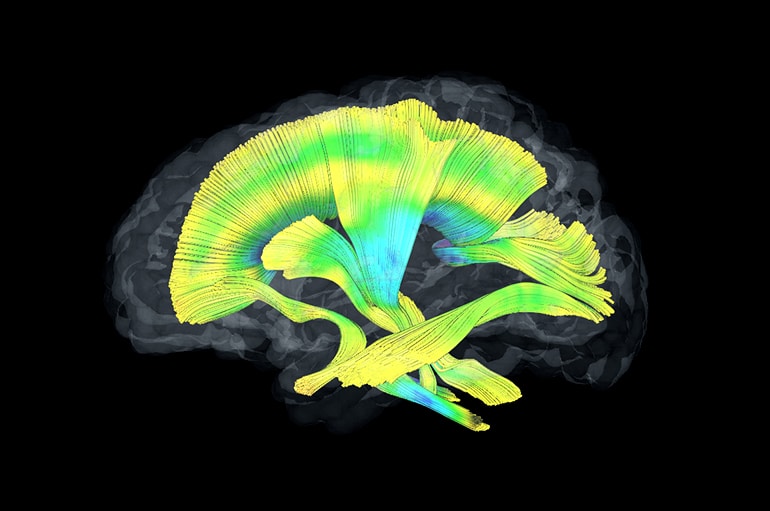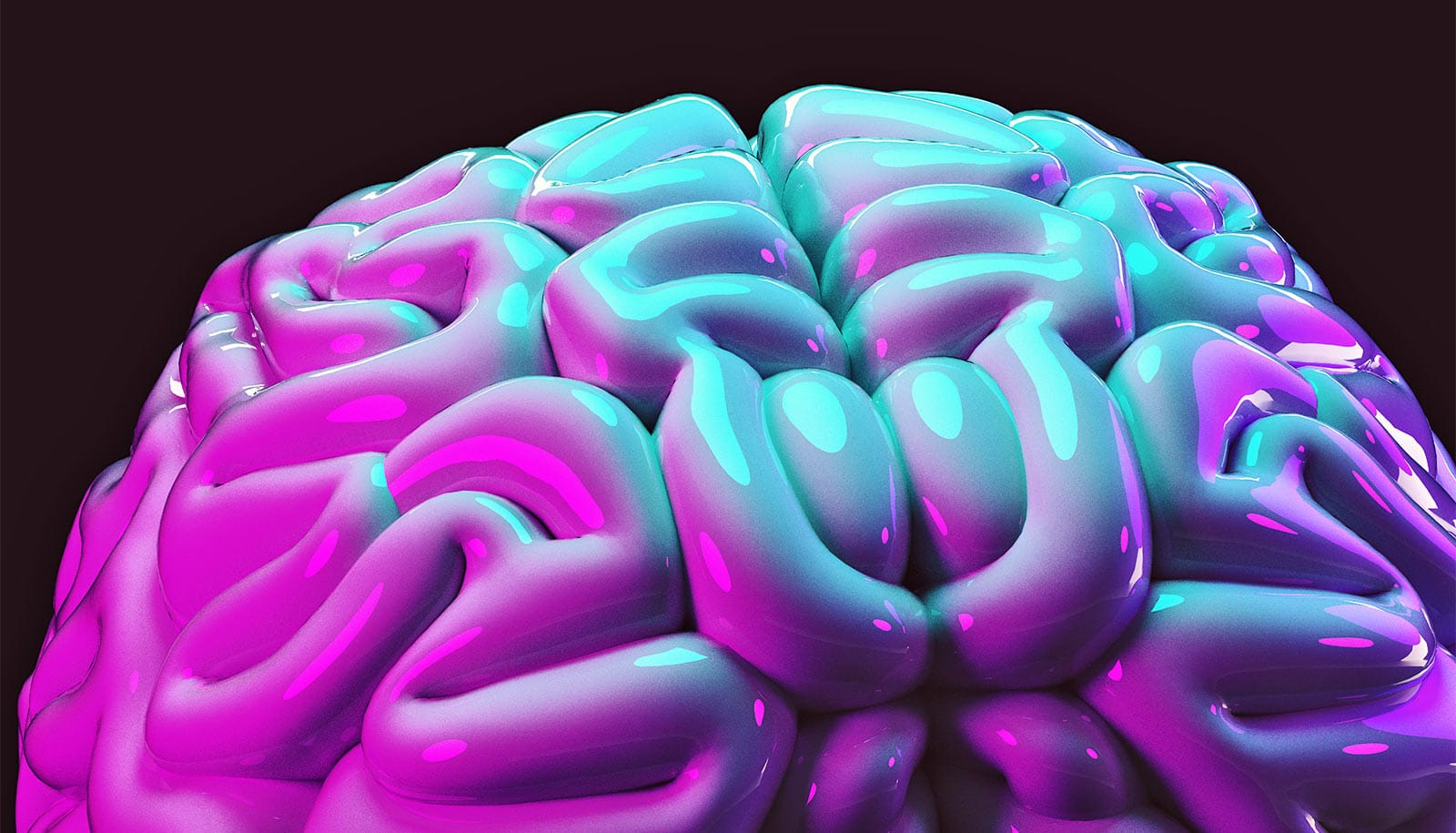Brain differences related to the neurodevelopmental disorder Fragile X are visible well before a diagnosis, which typically happens at age three or later, new research indicates.
Researchers used MRIs to show that babies with the neurodevelopmental condition fragile X syndrome had less-developed white matter compared to infants that did not develop the condition. Imaging various sections of white matter from different angles can help researchers focus on the underlying brain circuitry important for proper neuron communication.
“It’s our hope that earlier diagnosis and intervention will help children with fragile X and their families,” says co-first author Meghan Swanson, postdoctoral research fellow at the Carolina Institute for Developmental Disabilities at the University of North Carolina School of Medicine. “We also hope that this knowledge might inform drug development research.”

So far, drug clinical trials have failed to demonstrate change in treatment targets in individuals with fragile X. One of the challenges has been identifying good treatment outcome measures or biomarkers that show response to intervention.
Fragile X syndrome is a genetic disorder and the most common inherited cause of intellectual disability in males. Symptoms include intellectual disabilities, problems with social interaction, delayed speech, hyperactivity, and repetitive behaviors and speech. About 10 percent of people with fragile X experience seizures. About one-third of people with fragile X meet the diagnostic criteria for autism spectrum disorder.
“…the white matter differences we observe could be used as an objective marker for treatment effectiveness…”
“One of the exciting things about our findings is that the white matter differences we observe could be used as an objective marker for treatment effectiveness,” says co-senior author Heather C. Hazlett, assistant professor of psychiatry.
For this study, researchers imaged the brains of 27 infants who went on to be diagnosed with fragile X and 73 who did not develop the condition. The researchers focused on 19 white matter fiber tracts in the brain.
Fiber tracts are bundles of myelinated axons—the long parts of neurons that extend across the brain or throughout the nervous system. Think of bundles of cables laid across the brain. These bundles of axons connect various parts of the brain so that neurons can rapidly communicate with each other. This communication is essential, especially for proper neurodevelopment during childhood.
Imaging and analytical analysis showed significant differences in the development of 12 of 19 fiber tracts in babies with fragile X from as early as six months of age. The babies who wound up being diagnosed with fragile X had significantly less-developed fiber tracts in various parts of the brain.
“These results substantiate what other researchers have shown in rodents—the essential role of fragile X gene expression on early development of white matter in babies,” says co-first author Jason Wolff, former postdoctoral fellow at UNC at Chapel Hill and now assistant professor of educational psychology at the University of Minnesota.
Neural ‘tug-of-war’ may explain Fragile X learning issues
“Our work highlights that white matter circuitry is a potentially promising and measurable target for early intervention. However, achieving the goal of infant intervention for fragile X would likely require expanded newborn screening efforts.”
The researchers report their findings in JAMA Psychiatry.
Additional authors of the study are from the UNC at Chapel Hill; the University of Washington; New York University; and Washington University in St. Louis.
The National Institutes of Health and the Simons Foundation provided funding. This study, which used data collected from 2008 to 2016, would have been impossible without the dedication to research from families who had another older child already diagnosed with fragile X syndrome.
Source: UNC-Chapel Hill



